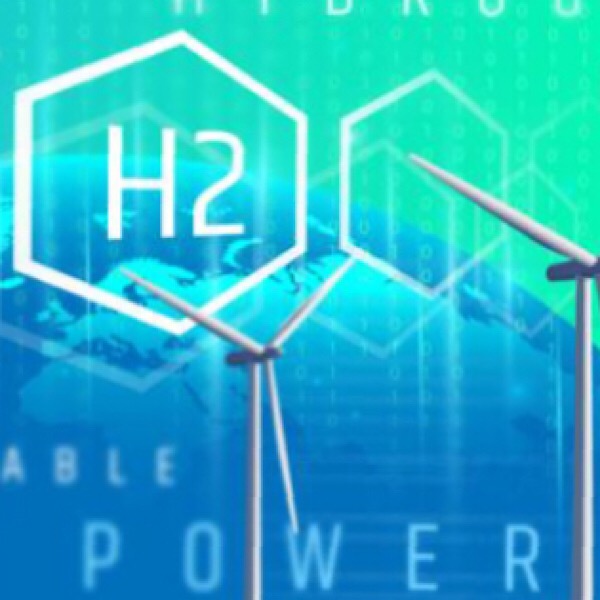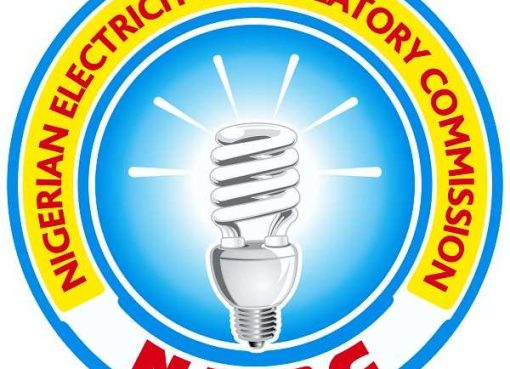Posted to Idaho National Laboratory in the Clean Power Professionals Group
Future hybrid energy systems could lead to paradigm shifts in clean energy production, national lab researchers and industry leaders predict. Beyond providing flexibility and an abundant supply of clean energy, such systems could support sectors of the economy that are more difficult to decarbonize, such as industry and transportation.
Integrated energy systems would simultaneously leverage diverse energy generators — including renewable, nuclear and fossil with carbon capture — to provide power, heat, mobility and other energy services. By integrating energy resources, utilities could create higher-value products, deliver lower-emission energy to industry, and better coordinate demand with production.
“It’s an opportunity to utilize synergies that are developing in electric grid markets and create new opportunities for these clean energy resources,” said Idaho National Laboratory’s Bruce Hallbert at a virtual press briefing hosted by the United States Energy Association on Jan. 15.
Hallbert explained how nuclear energy plants in particular could benefit from integrated systems, which would allow the plants to sell not only electricity, but also products such as heat or hydrogen. Green hydrogen, which is made by splitting water instead of natural gas, was the press briefing’s focus.
“Hydrogen presents tremendous opportunities over the next decade,” said Michael Green, general manager for nuclear power at Arizona Public Service and speaker at the briefing. In fact, a recent international study identifies hydrogen as a “missing link” to meeting climate goals. That’s why hydrogen production is a central component of integrated systems at nuclear plants.
Developing technologies that could lower operating costs and open new markets for nuclear power plants is among the objectives outlined by the U.S. Department of Energy’s Office of Nuclear Energy. The office is supporting a $10-million project led by Xcel Energy to produce hydrogen at a Minnesota nuclear plant. The effort would use high-temperature steam electrolysis, which is more efficient than low-temperature electrolysis. Xcel and partners in the effort – Arizona Public Service and Energy Harbor – aim to demonstrate the first phase of this capability by 2022. DOE wants to enable demonstration of a nuclear-renewable hybrid system by 2027.
PATH TO ENERGY INTEGRATION
The national laboratories have long been studying integrated energy systems, with an eye to traversing technical barriers and understanding economic drivers.
“The design of integrated energy systems is a significant challenge — and opportunity,” former INL Director Mark Peters said last year.
A historic collaboration between the nation’s Nuclear Energy, Renewable Energy and Fossil Energy labs aims to address this grand national challenge from an objective, holistic perspective. Researchers from DOE’s three applied energy laboratories — Idaho National Laboratory (INL), the National Renewable Energy Laboratory (NREL) and the National Energy Technology Laboratory (NETL) — co‑authored a research paper describing novel integrated energy systems.
The paper outlines a path forward for hybrid energy systems, presenting an objective new framework for engineering-based modeling and analysis. That framework will aid the complex optimization of energy generation, transmission, services, processes and products, plus market interactions.
“Working together, researchers at the nation’s applied energy laboratories have identified critical synergies among different power generation sources, which will be vital to transforming our energy economy,” said NREL Director Martin Keller.
The paper describes one example of the multi-input, multi-output nature of these systems: a hypothetical, tightly coupled industrial energy park that uses heat and electricity from highly flexible advanced nuclear reactors, small-scale fossil generators, and renewable energy technologies to produce electricity and hydrogen from electrolysis.
“In this scenario, depending on market pricing, electricity and/or heat could be sold into the grid, used on-site, or stored for later distribution and use,” said David C. Miller, NETL’s senior fellow for strategic systems analysis and engineering and co-author of the article. “Furthermore, the output streams could also be used to produce hydrogen or other valuable chemicals and products.”
MAKING THE VISION REALITY
The recently approved fiscal year 2021 appropriations language calls on DOE to establish a research, development and demonstration program that focuses on cost-effective integrated energy systems. As a first step, it calls for a research agenda that coordinates across the DOE program offices.
For its part, INL is already a good way down that road. The lab has been building a scaled test facility that can use electrical heating to represent the thermal input derived from a coupled nuclear energy plant. INL’s thermal energy distribution system (TEDS) is just one component of the lab’s Dynamic Energy Transport and Integration Laboratory (DETAIL), which will allow demonstration of a wide array of integrated energy system configurations.
In 2021, TEDS will be integrated with other systems in the laboratory to further advance IES demonstration capabilities. Those systems include a real-time digital grid simulator, high-temperature electrolysis systems and the planned electrically heated Microreactor Agile Nonnuclear Test facility (MAGNET).
The design of hybrid energy systems will require input from experts across the spectrum of energy research. To this end, the body of work by the three applied national laboratories, including tri-lab workshops and the recent Joule article, represents a significant step forward toward realizing the advanced energy systems of the future.
“The national laboratories offer a diversity of expertise that will allow us to achieve effective, cross-sector collaboration that is necessary to solve the true energy and environment grand challenges of our time,” said Shannon Bragg-Sitton, INL lead for integrated energy systems and co-author of the article.
Source: Idaho National Laboratory










